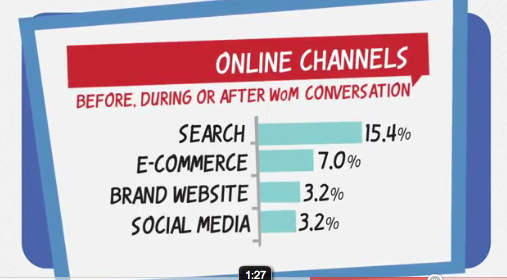Study: Content marketing investment on the rise
A recent study 2015 Content Marketing Survey by content marketing agency Castleford states that the amount of marketers committed to content marketing is increasing. According to their results 65% (compared to 48% one year ago) of marketers want to boost their content marketing next financial year. Their plans is to invest more in time and resources.
Even more, 97% of participants of the survey said they will increase or retain their current level of investment. And the respondents also face the support of their C-level executives. Of the responding marketers 76% replied their C-level executives viewed content marketing “quite positively” or “very positively”.
Obviously, there are also some challenges involved in content marketing creation wit time (45%) and budget (29%) being the biggest problem. Just, 3% that mentioned their C-level buy-in is their biggest challenge to content marketing will be probably persuaded over time, we think.
In terms of content marketing tactics the study shows that social media (81%) is still the favorite online marketing tactics in this field. However, the biggest growth opportunity shows video marketing and paid promotion of content for the next year. 61% are already using video marketing, (increase of 13% compared to last year). This is probably also driven by the main players Facebook and Google.
The variety of content marketing is also growing though. Almost every second marketer said that they use five or more different online marketing channels (45%).
Although Castleford director Rob Cleeve is confident with the development of content marketing, he also makes clear that marketers need to deliver results with it as well: “In my experience, content marketing is claiming an increasingly large share of overall marketing budgets, which is going to mean more pressure to show how it’s benefiting the bottom line.”
Spot On!
Content marketing definitely has changed the advertising industry drastically. However, the main challenges involved are the appropriate use of data with content to drive the right story in the right context to the right user at the right time. Here we see massive problems for many marketers still in our work with customers. Post-it recently explained it nicely in a video that leverages their banner and ask many question in terms of how retargeting actually kills good content marketing in terms in the example of banner ads.
The infographic of the study carries all relevant results of the Castleford study.













